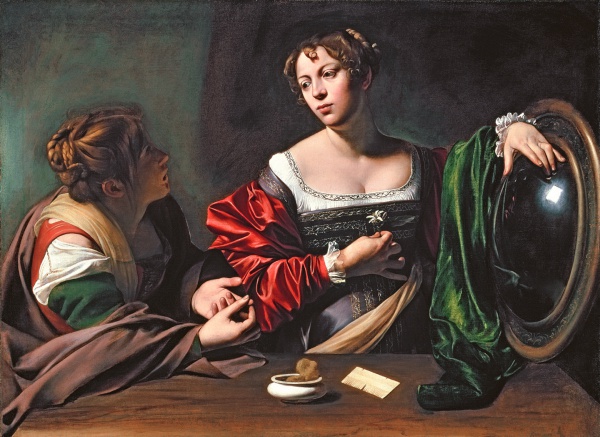Facts About Martha and Mary Magdalene
"Martha and Mary Magdalene" is a magnificent painting by the Italian Baroque master Caravaggio, currently exhibited at the Detroit Institute of Arts. This work is also known by various titles, including "Martha Reproving Mary" "The Conversion of the Magdalene" and the "Alzaga Caravaggio." Caravaggio completed this piece around 1598-99 during his association with Cardinal Francesco Maria Del Monte.
The painting boasts an intriguing history. Originally part of the collection of Caravaggio's patron, Ottavio Costa, it eventually passed through numerous owners before being rediscovered and offered for sale in 1971. The Detroit Institute of Arts acquired it in 1973.
A testament to its enduring influence, the painting inspired numerous copies by artists such as Carlo Saraceni and Orazio Gentileschi. It exquisitely portrays the biblical sisters Martha and Mary, with Martha urging Mary towards a virtuous Christian life.
Caravaggio frequently employed real-life models for his religious paintings. In "Martha and Mary Magdalene" he featured Anna Bianchini and Fillide Melandroni. The artwork incorporates symbolic objects such as a Venetian mirror, an ivory comb, and a dish with a sponge. Mary's red attire, a recurring motif in Caravaggio's oeuvre, enriches the narrative.
This masterpiece explores the active versus contemplative dimensions of Christian faith, resonating with interpretations offered by Church Fathers. A technical analysis of the painting has revealed the use of pigments characteristic of the Baroque period, including lead white, red and yellow ochre, and azurite.

 Canada
Canada